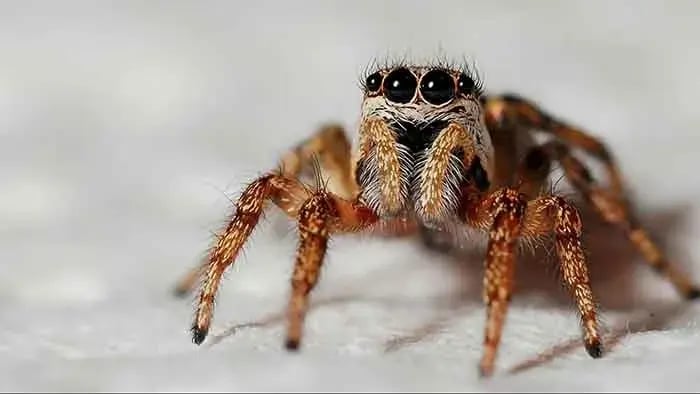- Fear Of Animals
- Fear Of Insects
- Other Phobias
Introduction
You notice your kid fearing something to the point that they start sweating and crying profusely. It's not a fear of curiosity or surprise, or the fear is not coming out of the instance. The child can have phobia and is most prominently displaying the symptoms of phobia.
Get to know about different types of phobias to identify if your child has one. Why is it essential to know about it? Managing fear and phobia can be crucial for a parent to help the child navigate and overcome the fear of different things.
Most of the phobias are generated through unpleasant expressions and situations kept in front of the child at an early age; causing trauma. Get to know more about phobia and how it works.
What Are Phobias?

The irrational fear of some object, including an animal, insect, or even action, can be a phobia. How is phobia different from any other fear? The distinct feature of phobia is that when a child starts showing the symptoms of phobia, they are not only scared but nervous and anxious at the same time, to the point that they can easily faint. Having a phobia of something or someone or fear of doing something can deeply disturb the mental well–being of children. Parents should be more aware of their child's phobia and closely work with it to make the situation better.
Different Types Of Common Phobia In Children
Here are various types of phobias that parents should know about that are common in children:
Fear Of Animals
Most children are not accustomed to nature and fear various animals and insects. Here are a few phobias that parents should know about:
Arachnophobia:

Arachnophobia is a phobia in which children get highly agitated and disturbed by the sight of spiders. If parents do not help the child maintain the phobia of insects, in extreme cases, the child will start hallucinating more insects out of fear and nervousness, requiring proper clinical assistance.
Ophidiophobia: Like the fear of spiders, this phobia is caused by the fear of snakes. Snakes are venomous reptiles, and bites or even the sight of a snake can instantly inflict trauma on children.
Cynophobia: Every other person can be found to be a dog lover, but children who have witnessed a dog biting incident or are not habituated to pets can easily get instigated by the fear of dogs.
Fear Of Insects
There are two types of phobias when it comes to fear of insects. Children who are agitated with the side of every insect regardless of its species. Children who fear specific insects such as beetles, cockroaches, or bees.
Entomophobia:
This phobia is known as the general phobia of insects, in which a child is fearful of every insect in the wild.
Apiphobia:

This is an example of a specific phobia where the child is afraid of bees or wasps.
Other Phobias
1. There are other kinds of phobias, which include various kinds of actions or different situations inflicting fear on children.
2. Children who have witnessed accidents usually have a fear of blood, known as Hemophobia
3. Similarly, the fear of heights, known as Acrophobia, is very common in children. Like the fear of heights, the fear of flying is known as Aerophobia.
How to Help Children?
There are various ways to help children overcome the phobia:
Before The Phobia Encounter: Parents must recognize the phobias beforehand to help the child manage and gather the courage to face the phobias, discarding any kind of surprise element.
During The Phobia Encounter: Parents should teach their children self-affirmation and various coping techniques to make sure that they are not agitated to the point of self-harm or fainting spells.
After The Phobia: Make sure that the child is getting proper care and counseling assistance to get over the phobia and its after-effects.
Things To Remember
Here are a few pointers that every parent must understand before dealing with the child.
Phobia is not any kind of overacting or tantrum. The problem of phobia can instigate mental disturbance, which can immediately cause physical harm to the child and should be taken seriously.
Any kind of forceful activity around children regarding the phobia can put them into more trauma. Such situations should always be guided with professional care.
Conclusion
Now that parents know about different types of phobias and how to get help, make sure that your child receives proper care during such situations. Many people are not aware of how dangerous a phobia can inflict disturbance in children's mental well-being, growth, development, and personality. Being aware of the risk, parents should take the right steps and make the right decisions to navigate through this.
Smriti is a content writer who creates clear, practical, and informative content backed by science and relevant data. With a strong understanding of structured writing, she breaks down complex topics into simple, actionable insights. Her work is focused on helping readers prepare, learn, and grow with confidence and clarity.
The views expressed are that of the expert alone.
The information provided in this content is for informational purposes only and should not be considered a substitute for professional medical advice, diagnosis, or treatment. Always seek the advice of your physician or another qualified healthcare provider before making any significant changes to your diet, exercise, or medication routines.
References
















